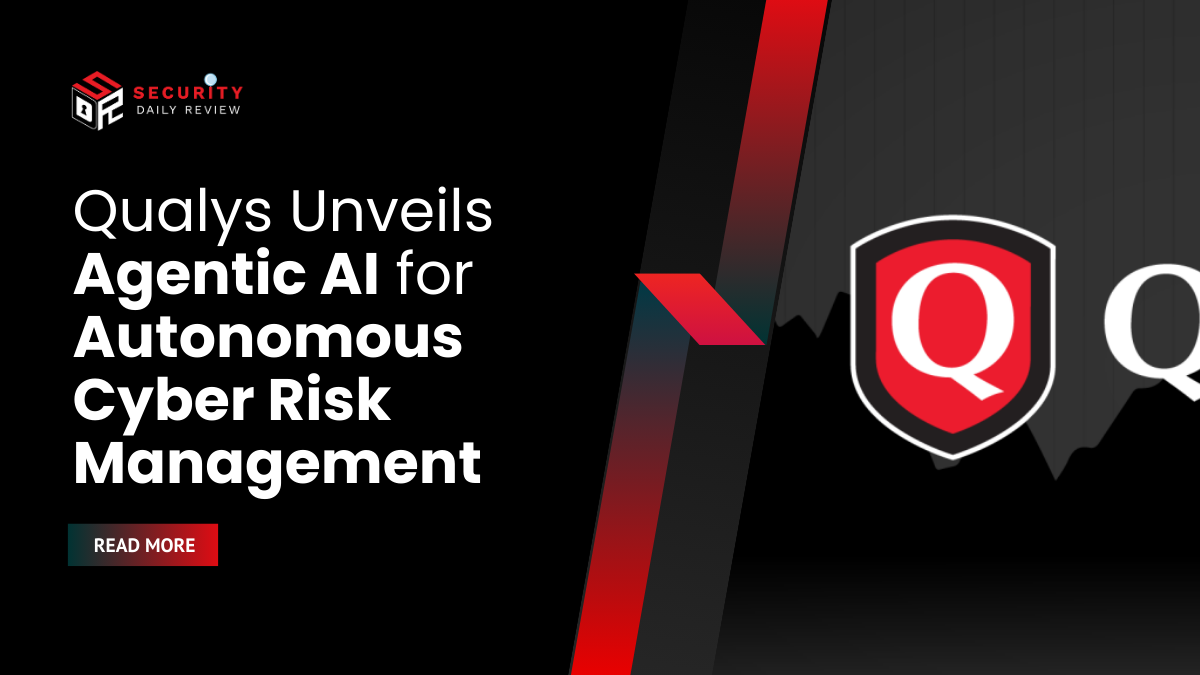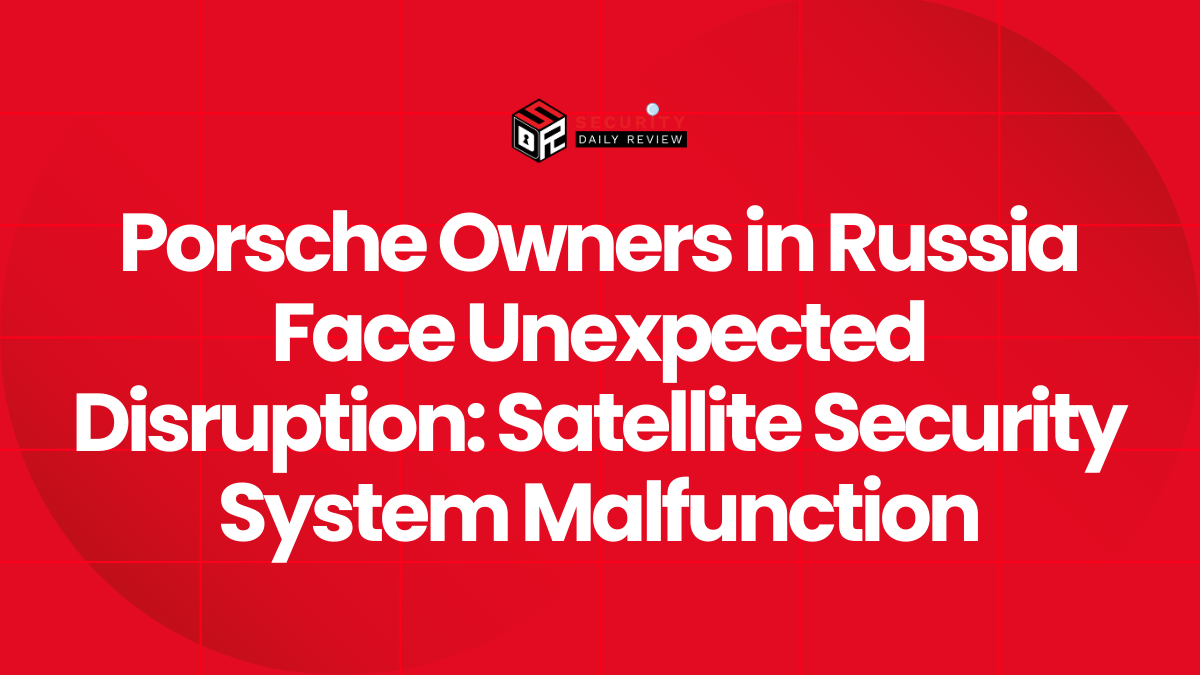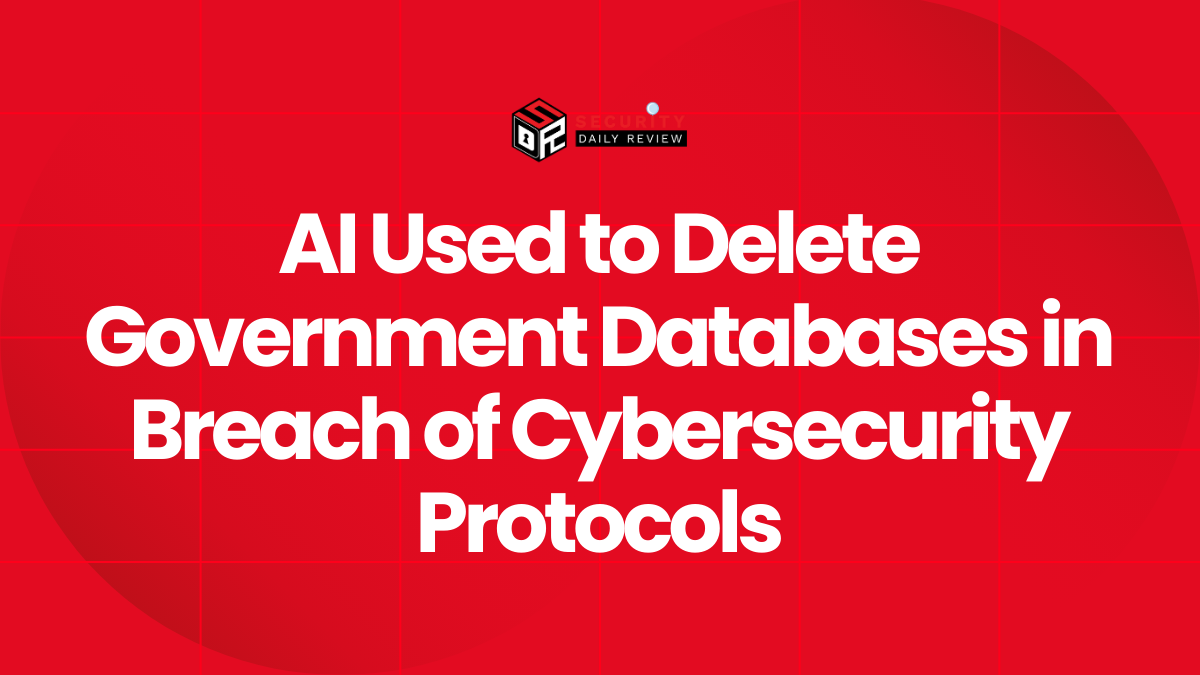As the complexity and volume of cyber threats continue to mount, Qualys has taken a bold step toward automating and scaling cyber risk operations by unveiling its latest innovation—Agentic AI. Incorporated into the Qualys Enterprise TruRisk Management (ETM) platform, Agentic AI introduces a new framework of autonomous, self-orchestrating security capabilities designed to streamline risk management, enhance threat prioritization, and respond to vulnerabilities in real-time.
Positioned as a powerful offering for organizations facing increasingly sophisticated and frequent cyber threats, this launch represents a notable evolution in AI-driven cybersecurity. But it also raises urgent questions, as the applications and potential abuses of autonomous AI agents in cybersecurity become more apparent.
Qualys Introduces Autonomous AI Agents for Real-Time Cyber Risk Operations
Agentic AI marks the beginning of what Qualys calls a Risk Operations Center (ROC) powered by autonomous AI agents. These purpose-built agents are engineered to reduce human workload, lower operational overhead, and elevate the strategic effectiveness of security operations teams (SecOps).
AI Agents Offer Continuous Visibility and Dynamic Remediation Strategies
Core to Agentic AI’s capabilities is a marketplace of Cyber Risk AI Agents that autonomously handle:
- Continuous risk exposure analysis across enterprise environments
- Threat and vulnerability prioritization based on contextual business risk
- Adaptive remediation actions tailored to organizational policies and threat landscapes
By embedding these agents into existing workflows within the Enterprise TruRisk Management platform, Qualys aims to automate the traditional bottlenecks that slow down detection, analysis, and incident response.
Cyber Risk Assistant and Customizable Agents for Tailored Operations
To further support human teams, Qualys is introducing a Cyber Risk Assistant, a prompt-based, interactive interface that enables analysts to:
- Explore comprehensive risk exposure profiles
- Receive AI-generated, context-aware suggestions for remediation
- Navigate millions of data points efficiently without relying on static dashboards
Organizations can also build custom AI agents without coding expertise, allowing them to tailor security workflows to domain-specific risks. These agents can be trained on unique risk scenarios, extending the platform’s utility beyond standard templates.
Technical Architecture: Intelligence, Decision-Making, and Automation at Scale
An in-depth breakdown of the architecture reveals how Agentic AI emphasizes both accessibility and adaptability through layers of automation and data intelligence.
Natural Language Query (NLQ) Democratizes Access to Complex Datasets
One hallmark feature is the support for Natural Language Query (NLQ), allowing users—from CISOs to business stakeholders—to interact with complex datasets via conversational language.
This vastly improves the reach of security data by enabling:
- Simplified access to real-time threat intel and risk metrics
- Cross-functional collaboration between technical and non-technical roles
- Faster decision-making with fewer dependencies on specialized skill sets
Intelligent Decision Support Learns from Historical Threats
Agentic AI’s Intelligent Decision Support module integrates machine learning techniques to analyze historical incident data and predict future threat vectors. By aligning recommendations with current threat conditions and prior remediation efforts, the system provides context-specific actions that significantly increase response accuracy.
Automation Supports Strategic Rather than Reactive Security
The Autonomous Response functionality effectively offloads routine security operations through intelligent process automation—helping teams move from reactionary triage toward strategic risk management. Automating tasks like patch triage, exposure scans, and priority sorting enables resources to be allocated to higher-order challenges such as threat hunting or policy refinement.
Industry Context: Agentic AI is Both a Defense and a Potential Threat
While the innovations introduced by Qualys’ Agentic AI provide crucial tools for enterprise security teams, the broader cybersecurity community views the rise of autonomous AI agents with mixed emotions—particularly due to emerging security risks associated with these technologies.
Autonomous Agents Mirror Black-Hat Capabilities When Weaponized
Separately, researchers have recently demonstrated in controlled studies how similar agentic AI technologies—or Computer-Using Agents (CUAs)—can be misused to execute credential stuffing, phishing, recon, and more. Using open-source tooling, malicious actors could automate social engineering attacks or exploit business platforms such as LinkedIn.These autonomous agents:
- Require minimal human supervision
- Can scale malicious activities rapidly
- Lower the technical barriers for entry to cybercrime
The same features that make agentic AI appealing for defense—automation, personalization, scalability—also make them attractive to threat actors.
Implications for Cybersecurity Teams and Decision-Makers
As enterprises adopt Qualys Agentic AI to bolster their cyber risk management, they must also evolve their threat models and operational frameworks. The dual nature of agentic AI—as both a defensive tool and a potential weapon—underscores the need for continuous monitoring, policy oversight, and adaptive governance architectures.
Key takeaways include:
- Operational Efficiency: Agentic AI enhances workflow efficiencies, especially in vulnerability management and strategic mitigation.
- Accessibility Across Roles: Features like NLQ and Cyber Risk Assistant support cross-functional involvement in cybersecurity risk decisions.
- Strategic Focus: Automation frees up valuable time for security teams to focus on proactive response and planning.
- Customizable Defense: Modular architecture allows for tailored agent creation matched to business-critical risk scenarios.
- Emerging Threat Landscape: Organizations must remain vigilant about how attacker-controlled autonomous agents might be used against them.
As Qualys continues previewing these capabilities at Black Hat U.S., the industry will be watching closely—not only for their operational benefits but also to assess how to safeguard against the darker applications of the same underlying AI technologies. For now, Agentic AI positions itself as a step toward autonomous, context-sensitive, enterprise-scale cyber defense. But the need for responsible deployment and human-centric governance has never been more urgent.









